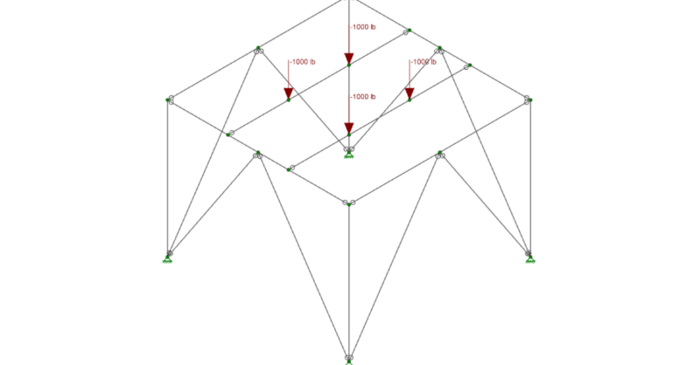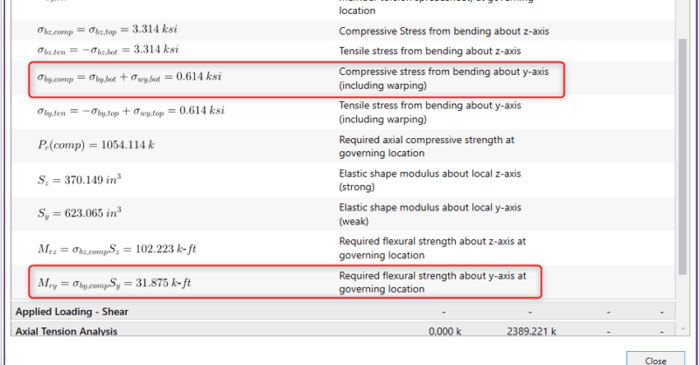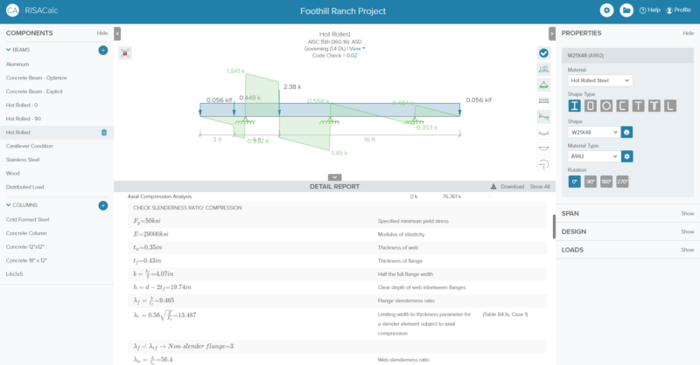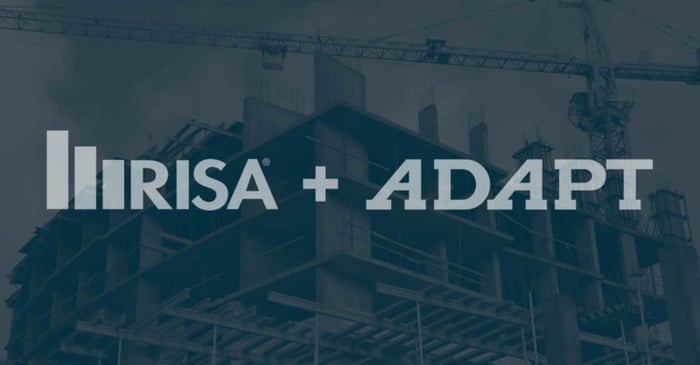
June 30, 2020
Cheng Song awarded SEAOSC Young Engineer of the Year
We are excited to announce that one of our own, Dr. Cheng Song PH.D, PE, was recently named the 2020 Young Engineer of the Year by the SEA of Southern California for his work as co-chair of the Younger Member committee.











